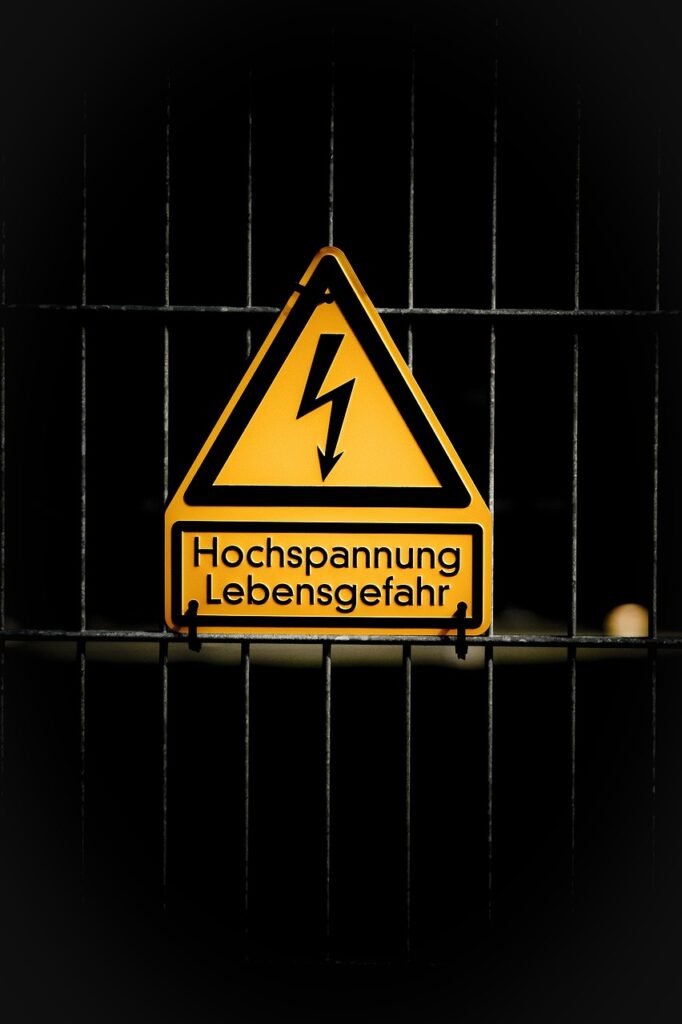Safety First
The wall outlet at your house is 120-volt rms. 120vrms is dangerous. The circuit breaker at your house, which acts like a safety switch turning off the voltage when a maximum current has been exceeded, has a maximum current rating of 15 to 20 amps. Death can occur from as low as 100mA or 0.1A. The circuit breaker at your house is not designed to save your life from electrical shock, it is designed to prevent the wiring in your home from overheating and starting a fire. Do not underestimate 120v wall power it can kill you! For more safety information, see OSHA’s Basic Electrical Safety.
“Safe Voltage”
If we consider 100mA is the threshold for lethal current and our approximate body resistance may be as low as 1Kohm when damp or wet.
$$V=I\times R$$
$$V_{lethal}=0.1A\times1000\Omega$$
$$V_{lethal}=100V$$
Now lets consider our two channel 20V power supply. If we connect the two channels in series to get a 40V output and we have semi-dry body resistance of 10Kilo ohms. What is the current we would expect if someone accidentally completes the circuit?
$$I=\frac{V}{R}$$
$$I=\frac{40V}{10K\Omega}$$
$$I=4mA$$
We can now observe that voltages 40V and lower are generally safe as long as our skin is dry. This explains why it is relatively safe to handle a 9V battery or even a 12V car battery.
One-Hand Rule
When working with higher voltages I try to always practice the one-hand rule. The one-hand rule is adhered to by always keeping one hand in a pocket when working around dangerous voltages. With two hands out we can accidentally complete a high-voltage circuit, causing electricity to pass through the chest and heart area which could cause cardiac arrest. The one-hand rule adds a layer of protection when working around high voltage.
